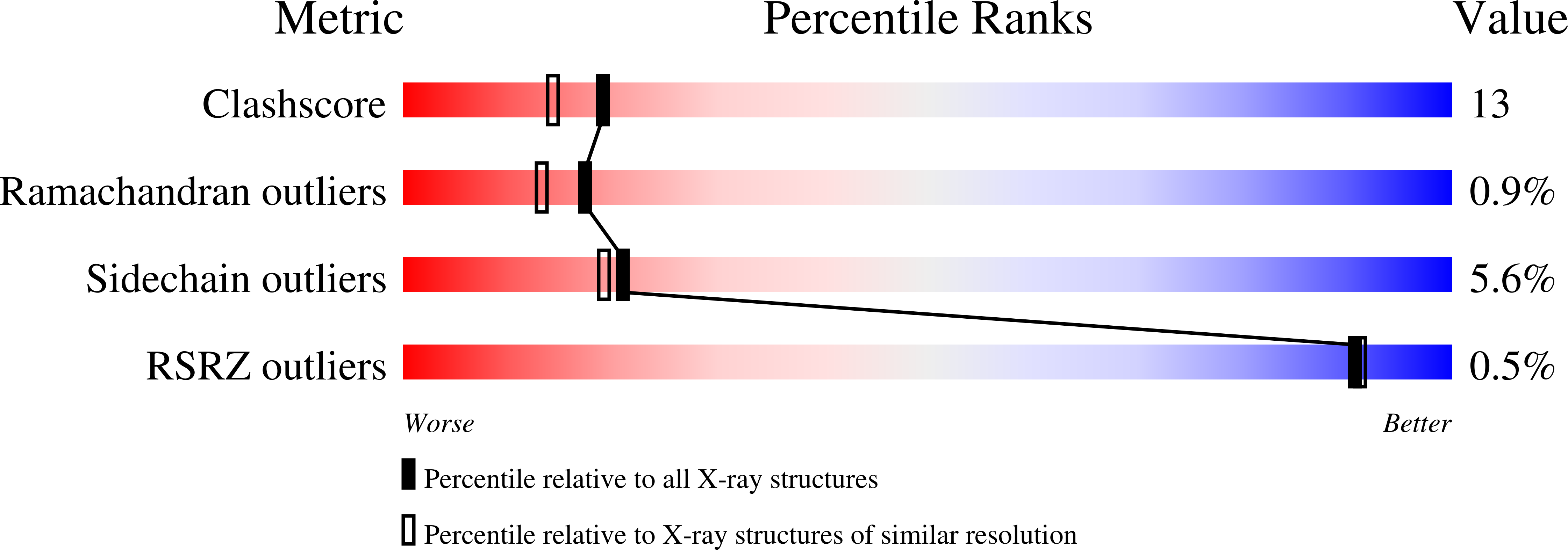
Deposition Date
1995-07-28
Release Date
1995-11-14
Last Version Date
2024-02-21
Entry Detail
PDB ID:
3AKY
Keywords:
Title:
STABILITY, ACTIVITY AND STRUCTURE OF ADENYLATE KINASE MUTANTS
Biological Source:
Source Organism:
Saccharomyces cerevisiae (Taxon ID: 4932)
Host Organism:
Method Details:
Experimental Method:
Resolution:
2.23 Å
R-Value Work:
0.14
R-Value Observed:
0.14
Space Group:
P 1


